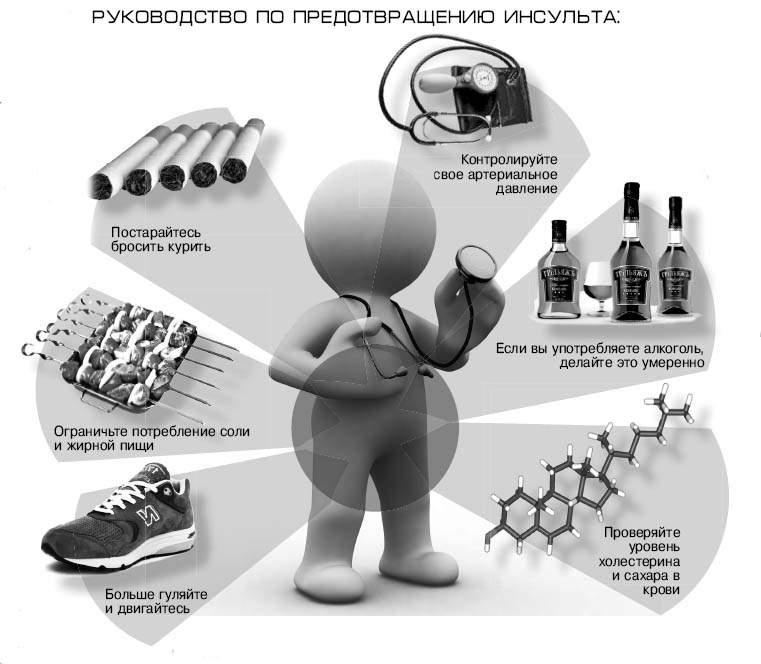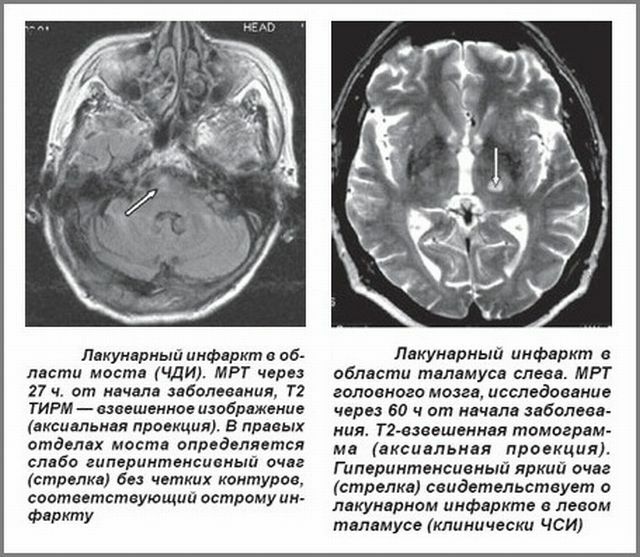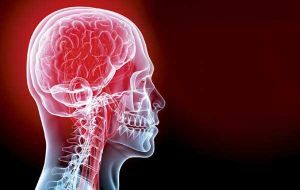 TIA or transistor ischemic attack, this is necrosis of brain tissue that results from loss of blood supply, but the process is almost always reversible.
TIA or transistor ischemic attack, this is necrosis of brain tissue that results from loss of blood supply, but the process is almost always reversible.
Thus, damaged brain tissue is completely calmly regenerated without serious harm to the patient's body. The TIA completely regresses in 24 hours.
Depending on which area of the brain was affected, the ischemic attack may have different manifestations. This disease has many different causes, but it is very important to calculate and cure it in a timely manner in order to eliminate the risk of ischemic stroke.
Therefore, all patients with TIA need urgent hospitalization, followed by rehabilitation and consultation with a doctor.
Contents of
- About the violation in details - the concept and features of
- The difference from a stroke
- The blood of the brain is needed for everyone
- The features of the clinical picture and diagnosis
- The complex approach to therapy and rehabilitation
- Than
- is dangerous For the prevention of
About the violation in detail - the concept and features
Transient ischemic attack is a transient impairment in the bloodstream of the brain, in which a small branch feeding the brain regions for a time stops transmittingoxygen together with blood.
It is very important that with an ischemic attack, as indicated above, all violations begin to regress, from which serious consequences in disruption of life, after some time after rehabilitation, are not observed. Otherwise, it will not be an ischemic attack, but a stroke.
If you do not carry out the necessary rehabilitation procedures, the chance of a stroke after TIA increases many times, so in a fifth of patients it develops only in a month from the moment of micro-stroke, and in half in the first half of the year.
Difference from a stroke
The TIA is still very different from a stroke, even if it is a prerequisite for it. The main difference is that with the ischemic attack of 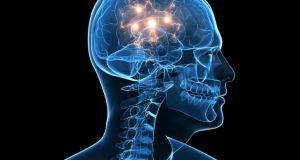 , the affected nerve tissues are restored, in contrast to the stroke.
, the affected nerve tissues are restored, in contrast to the stroke.
But even so, during TIA, the human body begins to lose various functionalities, depending on which area of the brain has been damaged.
With transistor attack, the vessel is blocked only briefly. At this point, the neurons to which oxygen does not come, begin to die.
In order to avoid this, the vessels begin to expand, increasing the flow of blood to the head. And in the impossibility of an aerobic way of obtaining energy, neurons proceed to an anaerobic method( glycolysis).
Immediately after the end of the attack, the regenerative processes for the restoration of dead tissue begin.

Blood for the brain is needed for everyone
The causes of TIA are diseases and conditions of the body, in which the blood flow of the brain is blocked. Such reasons are:
- atherosclerosis;
- vessels affected by atherosclerosis, very often the carotid artery or vertebral artery;
- hypertension, in which in areas of damage, the vessels lose the ability to contract;
- heart diseases that increase the likelihood of blood clots;
- gradually leaving the bruise on the walls of blood vessels in the head, arising for reasons of mechanical damage and headaches;
- inflammatory processes of blood vessels in the brain;
- congenital malformations and vascular anomalies, from which their functions are distorted;
- during childbirth or pregnancy;
- different types of diabetes mellitus;
- bad habits, along with smoking and alcohol, causing vasospasms, and leading to TIA;
- overeating and as a result obesity.
Clinical features and diagnostics
The disease begins to develop rapidly, because of which the peak state is reached in just a few seconds, or less often in a couple of minutes.
Before the attack itself, there are no visual impairments or other body functions, neither nausea nor any strange other conditions of the body appear. Preliminary symptomatology of TIA is absent.
The manifestation of a micro-stroke depends on the area of brain damage. For example, a transient ischemic attack in the vertebrobar basilar basin of carotid arteries is different from an attack in the dorsal artery, and is manifested by the following symptoms:
- , one part of the body practically does not move, muscle tone falls;

- is distorted or broken speech, and understanding of other people's speech;
- the general sensitivity is broken, which leads to mechanical injuries;
- distorted and broken fine motor skills;
- disturbances in visual memory, "misting" of the eyes;
- drowsiness and general body fatigue;
- problems with the perception of reality.
If the circulatory failure occurred in the vertebral artery, then the following symptoms are revealed:
- mild nausea, vomiting is possible;
- dizziness and disorientation;
- disorders in the area of the vestibular apparatus;
- impaired fine motor skills and general coordination of movements;
- double vision;
- loss of sensitivity on the side of the body opposite to the affected side of the brain.
With a certain form of lesion, one of the eyes is covered with a "veil" for a few seconds, after which it gradually returns to normal.
A prerequisite for this may be high temperatures, or sudden changes in blood pressure. Opposite to the blind side of the face, part of the body, can lose sensitivity and coordination of movements.
Another common symptom is the loss of short-term memory, from which a person can not remember what he did for a couple of hours, or even a day before the attack.
So, if the long-term memory can only be preserved in part, then the short-term memory is lost almost completely. For a patient who has recovered from a loss of consciousness, recurring and pointless questions are typical.

In order to diagnose TIA, it is sufficient to identify the following symptoms:
- the sensitivity of a certain part of the body, or face, is lost;
- loss of fast and shallow body motility, manifested in the inability to take a spoon or run;
- loss of senses is possible, from sight to touch;
- in the eye double;
- makes you dizzy;
- coordination is violated right up to loss of consciousness.

After hospitalization, patients are assigned diagnostics of the nervous system, most often with the help of MRI.The diagnosis is finally placed 24 hours after the manifestation of TIA, referring to the results of the MRI study.
Integrated approach to therapy and rehabilitation
Treatment and rehabilitation of patients after transistor ischemic attack are possible only in special neurological units.
The drug treatment method involves the appointment of special drugs, the task of which is to dilute the blood and speed up its delivery to the affected areas of the brain. After that, the normal heart rhythm can be restored by an implant or a medicamentous method.
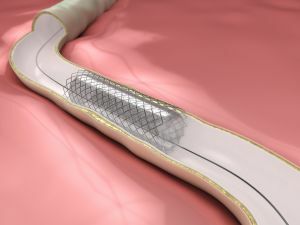 Dopplerography is performed, and if there is a stenosis of 50 percent or more of the lumen in the arteries, an arterial stenosis operation such as angioplasty or carotid endarterectomy is performed.
Dopplerography is performed, and if there is a stenosis of 50 percent or more of the lumen in the arteries, an arterial stenosis operation such as angioplasty or carotid endarterectomy is performed.
After a week after the attack, special massages and exercise therapy are prescribed for rehabilitation.
The patient is also recorded to a psychologist for a full recovery, and if necessary, then to a speech therapist.
Than
is dangerousAs a result, the TIA has a high chance of developing ischemic stroke, and in order to avoid it it is necessary to start the rehabilitation of the patient in advance. It is also necessary to consult a doctor to prescribe the whole range of therapeutic measures.
It is possible to get a lot of mechanical damage due to lack of sensitivity during TIA, as well as coordination disorders. In addition, internal injuries caused by the symptoms of the disease are possible.
For the prevention of
According to statistics, the first couple of days after TIA stroke is received by 15 percent of patients, while in three days, the chance is doubled. 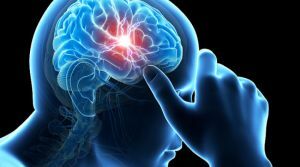
The only effective prevention can be only regular examination, and treatment from all pathologies against which an ischemic attack may develop.
It is also necessary every year to undergo dopplerography of the head vessels and monitor your cholesterol level, as well as other fats.
It is necessary to maintain a healthy lifestyle, refrain from fatty and sweet food, do not overeat. Take a blood coagulation test, and be examined regularly by your doctor in order to avoid accidental manifestations.
It is important to avoid strong stressful situations and try not to overwork, it is necessary to maintain a healthy sleep.

